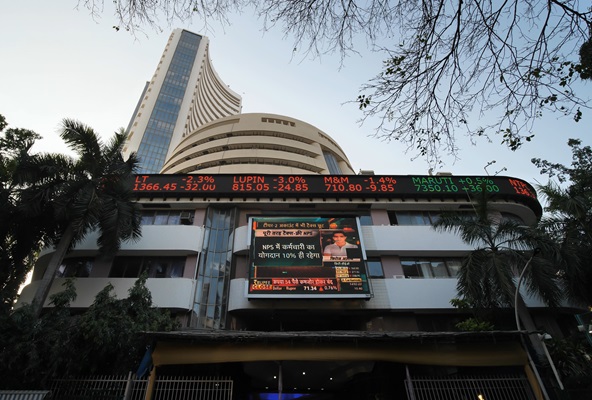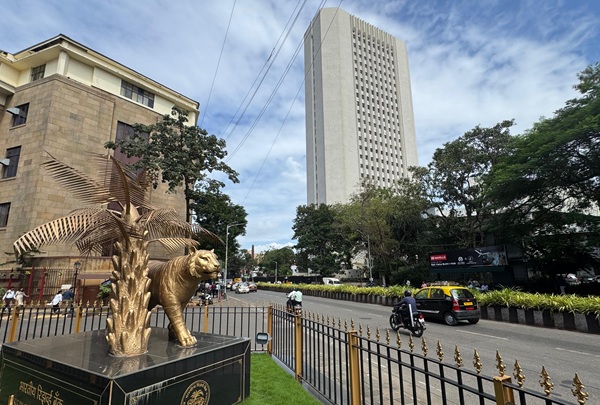.png)

Krishnadevan is Consulting Editor at BasisPoint Insight. He has worked in the equity markets, and been a journalist at ET, AFX News, Reuters TV and Cogencis.
May 8, 2025 at 1:32 AM IST
Talk of India’s market resilience in the wake of Operation Sindoor is, on the surface, compelling. Call it maturity, institutional recall of past market recoveries, and investor confidence. Yet, this composure could be complacency. What is being celebrated as resilience may be masking deeper vulnerabilities that the markets are choosing to ignore in the search for stability,
It is tempting to see the steadiness of the Sensex and Nifty50 as a triumph of rationality over emotion, of fundamentals over fear. And all this while Pakistan’s KSE-100 index collapsed under the weight of uncertainty. Foreign institutional investors, the barometer of market mood, have poured billions into Indian equities, due to a weakening dollar and the promise of India’s growth story. Defence stocks are buoyant, riding a wave of patriotic optimism and policy tailwinds. On the surface, it appears India is a haven of order in a region defined by chaos.
But markets are not always the best judges of risk, especially when the risks are not immediately quantifiable. The assumption that Operation Sindoor was “priced in” does not factor in that sentiment can turn in a jiffy. The strikes were by design, precise and non-escalatory, but retaliation may not necessarily be linear. Pakistan’s threat of retaliation remains unresolved, and history is littered with instances of limited conflicts spiralling into broader confrontation.
The market’s calm may be on the hope that escalation may not occur, but hope is not a strategy. The resilience of Indian markets is also a function of global liquidity, not just domestic strength. The flood of foreign capital is as much a reflection of limited opportunities elsewhere as it is an endorsement of India’s fundamentals. If the dollar strengthens, if the US Federal Reserve shifts course, if risk aversion returns; the same investors could turn sellers overnight. Those who can recall the 2013 “taper tantrum” know this.
Also, the fundamentals and market internals don’t look good either. DSP Asset Managers, in their outlook for the month, points out there are more stocks hitting 52-week lows than those hitting a 52-week high, valuations are high and that fewer stocks are trading above their 200-day moving averages, indicating fragile price trends.
Moreover corporate earnings, so far, are not encouraging; with most companies posting single-digit sales and volume growth coupled with a shrinkage in margins. Sectors like defence and capital goods, that have high margins are showing signs of a slowdown in orderbook, according to DSP Asset.
While markets tend to say this time it’s different, high valuations and weak earnings growth have, in the past, led to sharp price corrections or prolonged periods of insipid returns.
There is also a structural fragility that the buoyant mood might be glossing over, that the rally is concentrated in large-cap stocks, while mid showing signs of strain.
The symbolism of Operation Sindoor, with its invocation of justice and national resolve, is powerful. It will provide catharsis for a nation still grieving the loss of innocent lives in Pahalgam. But, markets thrive not on symbolism but on the hard calculus of risk and return.
India’s measured retaliation and the market’s composed response are, for now, aligned. But to mistake composure for invulnerability is to court risk. Markets are quick to forget, but even quicker to correct.




